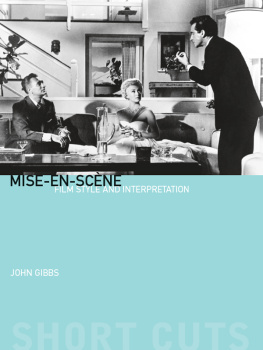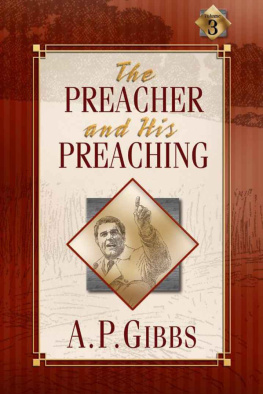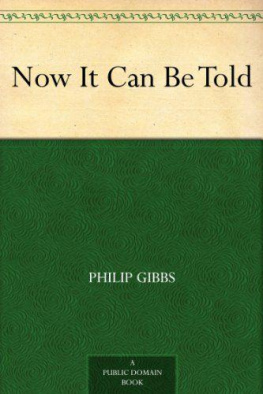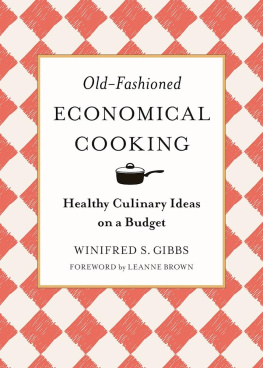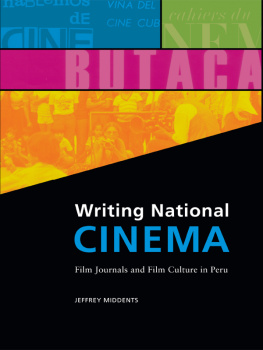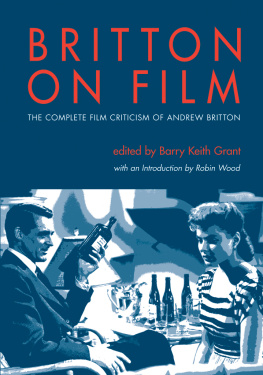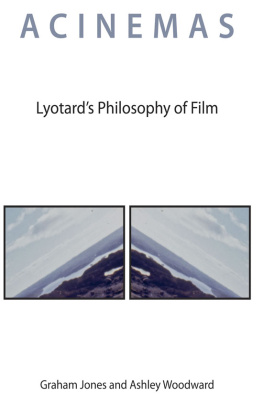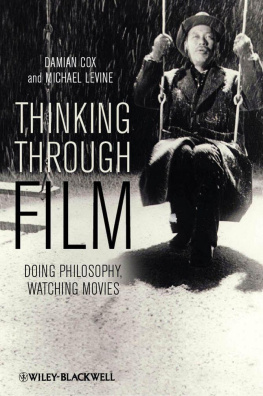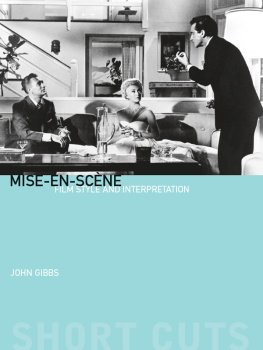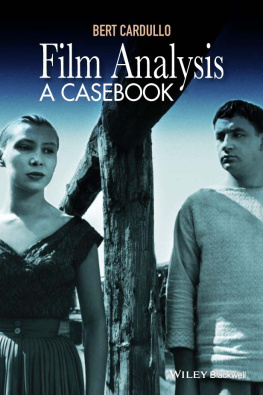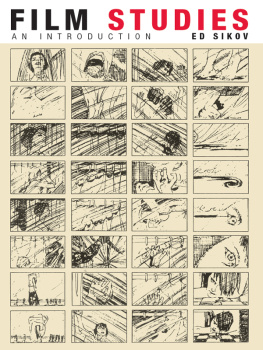As mentioned in the Introduction, one of the main aims of this book is to point the reader in the direction of the best writing on mise-en-scne. In addition to the articles discussed and quoted earlier, this appendix indicates where to find illuminating writing about films as film. A distinct bibliography of work cited in the textwhich is the place to identify the sources indicated by referencesappears at the back of the book.
Essential
Perkins, V.F. (1981) Moments of Choice, The Movie, Ch. 58, 11415. (Reprinted in A. Lloyd (ed.) (1982) Movies of the Fifties. London: Orbis Publishing, 20913.)
This article is an excellent place to start. It contains a series of suggestive examples of the way in which different elements of mise-en-scne can be deployed expressively, although the term itself is not used. Instead, the articles approach is in terms of the directors decisions: Perkins discusses the opportunities within the image for making significant choices.
Perkins, V.F. (1972) Film as Film: Understanding and Judging Movies. Harmondsworth: Penguin.
Film as Film is the sort of book which you read as a newcomer to film but which you keep returning to. As was the case with Moments of Choice, Perkins avoids referring to mise-en-scne, but this study is full of interpretation of expressive visual style. It is also an excellent book from the point of view of its commitment to ideas of coherence and integration. , The World and its Image, and 6, How is What, are particularly recommended.
Wood, R. (1976) Personal Views. London: Gordon Fraser.
Alongside Hitchcocks Films (see below), this is one of Woods books which is most concerned with mise-en-scne and the significance of film style. It includes sustained analyses of such films as Touch of Evil (Orson Welles, 1958), The Scarlet Empress (Josef von Sternberg, 1934), The Reckless Moment (Max Ophuls, 1949), Meet Me in St Louis (Vincent Minnelli, 1946), I Walked With a Zombie (Jacques Tourneur, 1943), and Ugetsu Monogatari (Kenji Mizoguchi, 1953).
Movie
The journal Movie continues to appear (but neither regularly nor frequently). A distinction can be made between the first 19 issues which we might call early Movie, and number 20 onwards (which appear in a different format). Movie Reader, a collection of articles from issues 119, was published in 1972. There is some really wonderful writing in the journal, both in the early years and in the more recent issues, which apply the same principles with greater depth and precision. In the 1970s some new writers joined the roster of contributors, including Andrew Britton whose work deftly combines a style-based approach with political analysis and a detailed knowledge of broader traditions of American art and culture. Current members of the editorial board, in addition to Ian Cameron and V.F. Perkins, include Deborah Thomas, Douglas Pye, Michael Walker, Charles Barr, Jim Hillier, Ed Gallafent, and Robin Wood.
In addition to articles featured in earlier chapters, some highlights from issues 119 include:
Cameron, I. (1962a) Films, Directors and Critics, Movie, 2, 47.
____ (ed.) (1972) Movie Reader. London: November Books.
Mayersberg, P. (1963) The Trial of Joan of Arc, Movie, 7, 302.
Perkins, V.F. (1962a) (on behalf of the editorial board) The British Cinema, Movie, 1, 27.
____ (1962b) River of no Return, Movie, 2, 1819.
____ (1963) Rope, Movie, 7, 1113.
From issue 20 onwards:
Britton, A. (1976) Mandingo, Movie, 22, 122.
Perkins, V.F. (1990b) Must We Say What They Mean?: Film Criticism and Interpretation, Movie, 34/35, 16.
Pye, D. (1975) Junior Bonner, Movie, 21, 225.
Thomas, D. (1990) Blonde Venus, Movie, 34/35, 715.
Wood, R. (1975) Smart-ass & Cutie-pie: Notes toward and evaluation of Altman Movie, 21, 117.
Movie Books
The return of the Movie books has been an exciting development in film criticism over the last decade. The Movie Book of Film Noir (1992) and The Movie Book of the Western (1996) are exceptionally interesting collections of writing. Attention should also be drawn to other titles in this handsomely produced series: Andrew Brittons Katharine Hepburn, Deborah Thomas Beyond Genre, Ed Gallafents Astaire & Rogers, Charles Barrs English Hitchcock. Watch out, also, for the forthcoming edited collections Unexplored Hitchcock and Fritz Lang. These books are published by Ian Cameron, original editor of Movie (and editor of the film section of Oxford Opinion), under the imprint Cameron and Hollis. Fuller details below:
Barr, C. (1999) English Hitchcock. Moffat: Cameron & Hollis.
Britton, A. (1995) Katharine Hepburn: Star as Feminist. London: Studio Vista.
Cameron, I. (ed.) (1992) The Movie Book of Film Noir. London: Studio Vista.
Cameron, I. and D. Pye (eds) (1996) The Movie Book of the Western. London: Studio Vista.
Gallafent, E. (2000) Astaire & Rogers. Moffat: Cameron & Hollis.
CineAction!
The other journal that is a good place to look for detailed, style-sensitive criticism is CineAction! This is edited on a rotational basis and the different interests of the members of the editorial collective are reflected in particular issues. From the beginning, however, one of the journals stated ambitions has been to combine a detailed approach with political criticism.
Articles of particular interest include:

